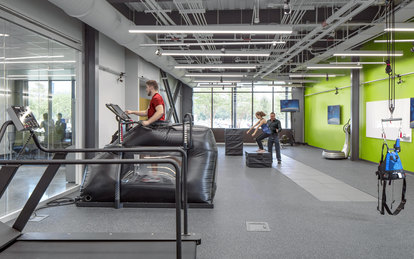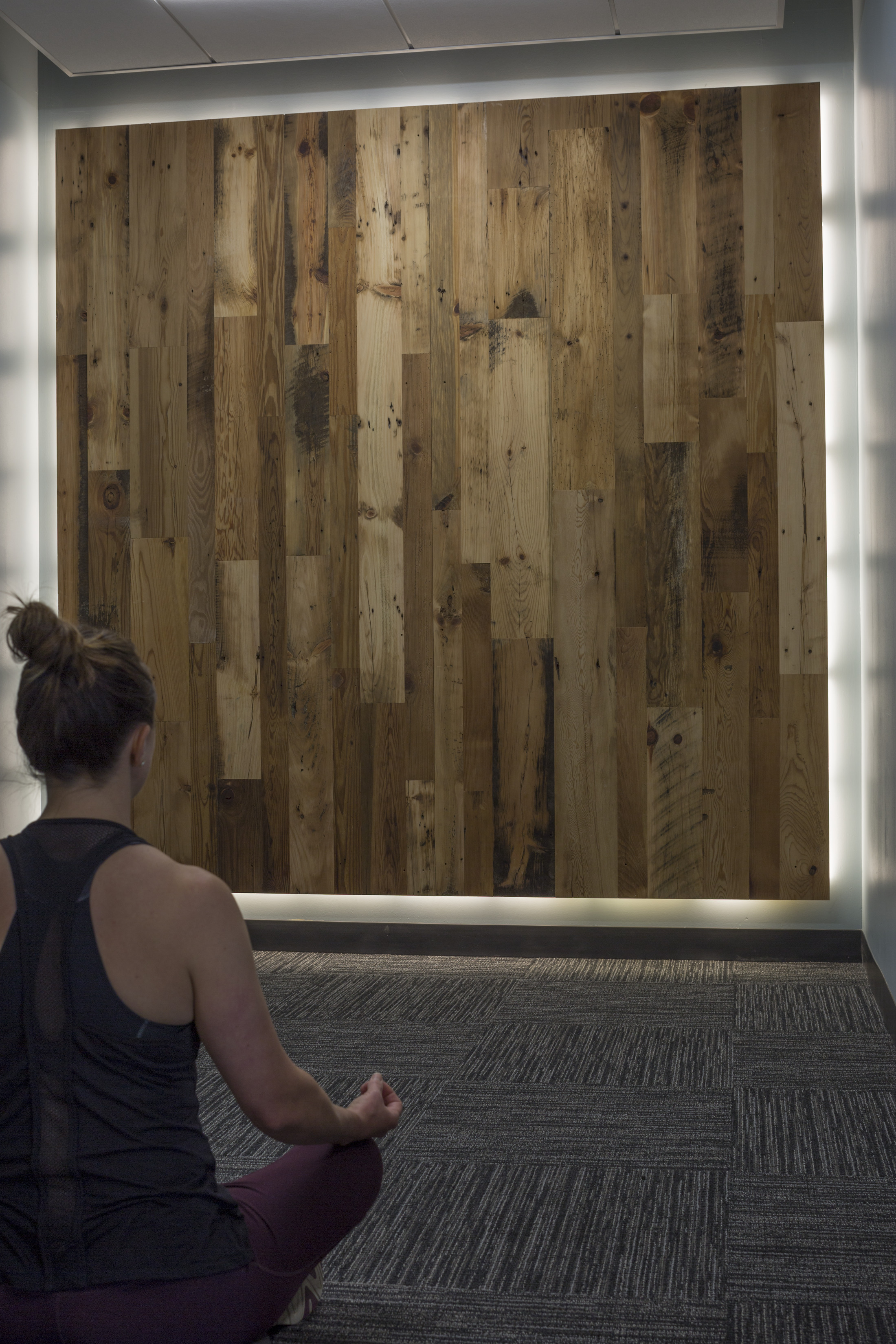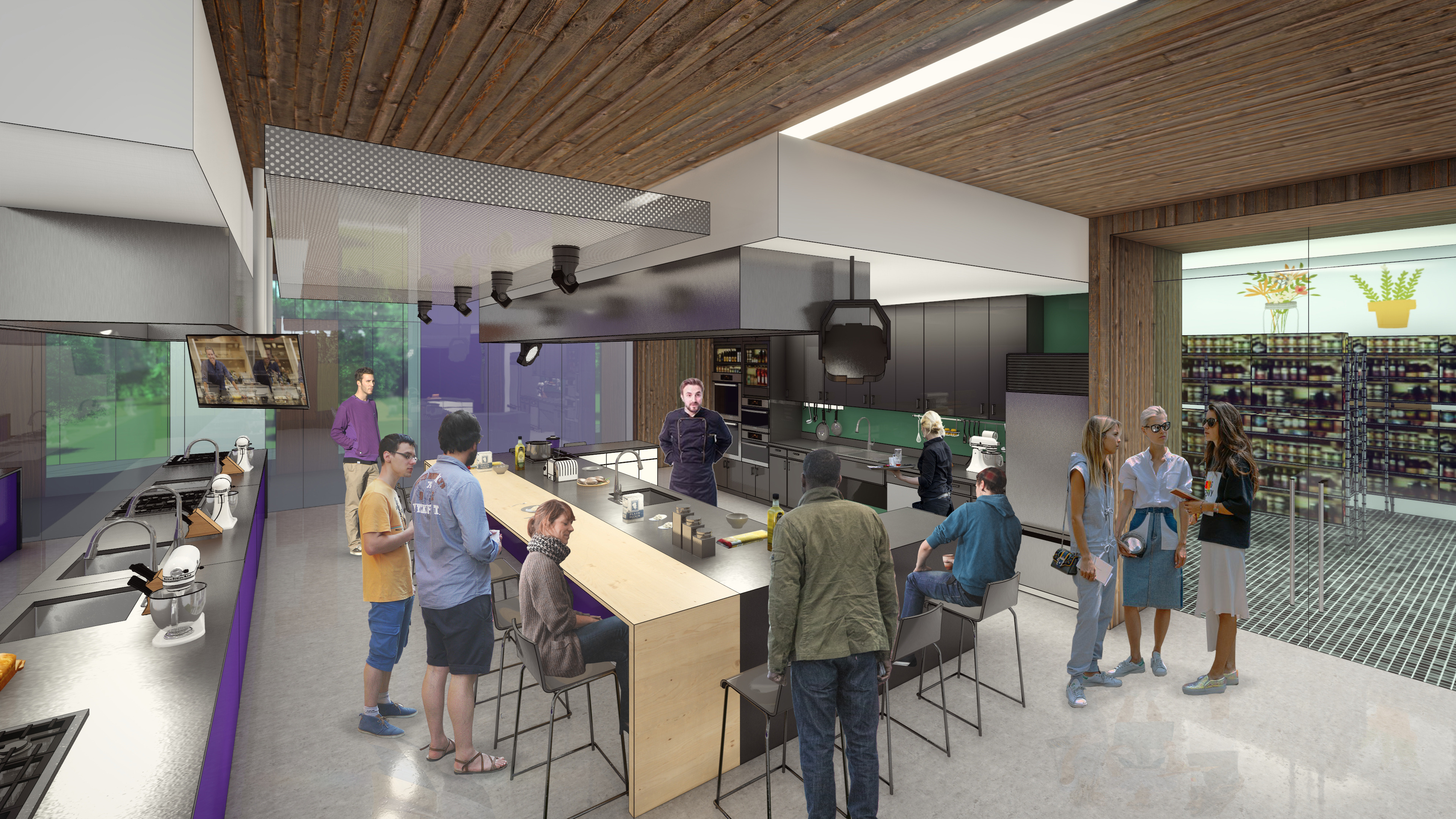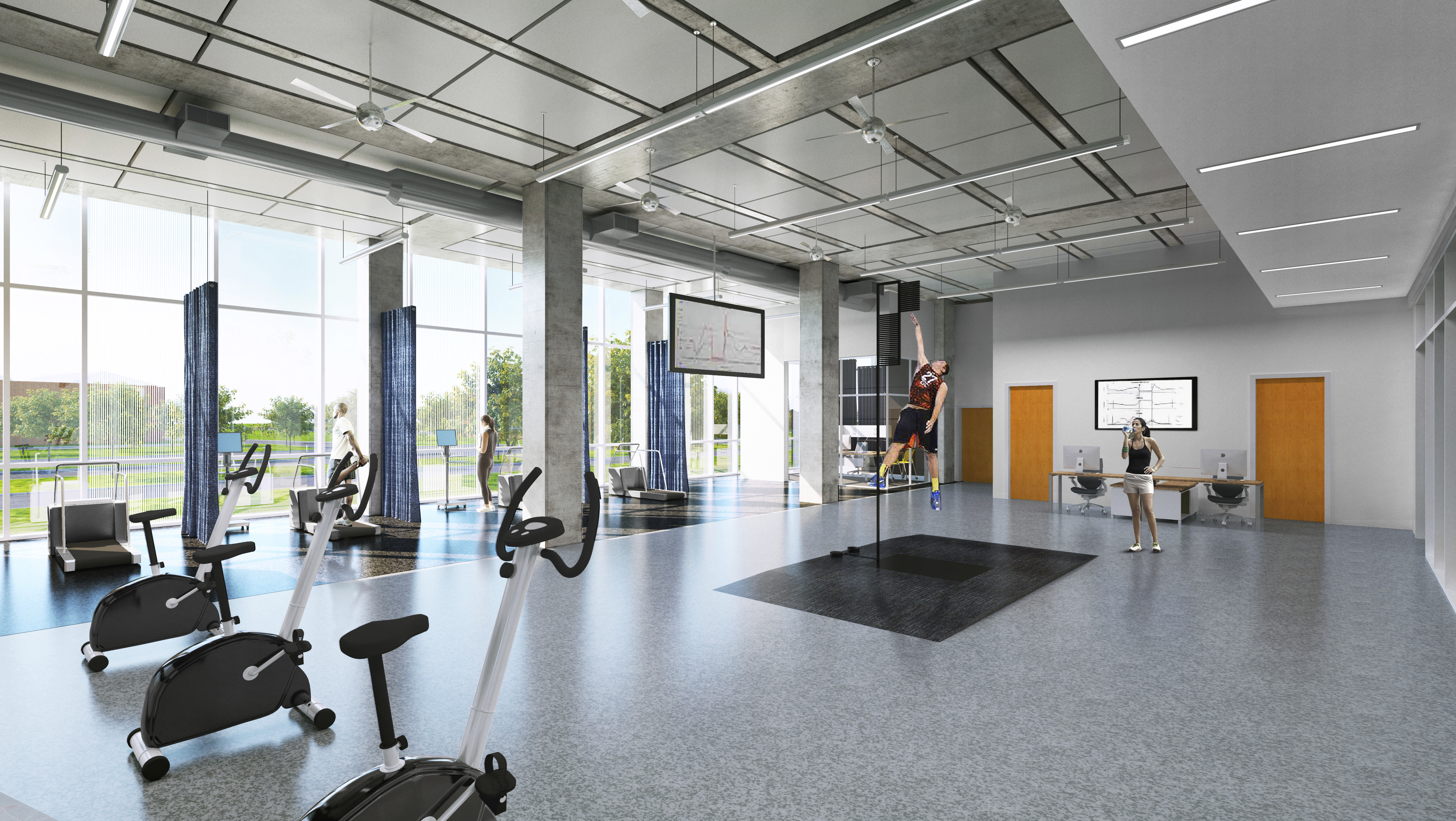From Recovery to Resiliency: Part 3 - Leveraging Campus & Community Partnerships

The University of Houston-Clear Lake Recreation and Wellness Center is a shared-use facility combining campus recreation with the school’s exercise & health science department, serving both campus and community.
In part two of this series, “Integrating Fitness and Wellness on Campus,” we sought to begin to answer a critical question identified in conversation with campus recreation leaders and wellness strategists from across the country: How do we create recreation and wellness environments that are more responsive and resilient to change?
The second post explored a new model for integrated fitness and wellness programming. In this post we will explore the second of our three areas of focus:
A. A New Model for Integrated Fitness and Wellness Programming
B. Leveraging Campus and Community Partnerships
C. Seamless Technology
Many universities are experiencing reductions in budgets and campus recreation and wellness departments are being asked to do more with less. These financial shortfalls have created additional challenges in meeting the new demand for broad wellness based programming to mitigate health and wellness issues related to the COVID-19 pandemic. In this atmosphere, recreation departments will need to identify strategic partners to find new revenue streams to continue to provide quality programming, repurpose or leverage existing space and offer new wellness-related services to meet students' needs.
Partnerships are not new to campus recreation departments. Historically, recreation departments participated in a variety of cross-campus and private partnerships to promote physical fitness and wellness for the benefit of their students. Most of these programs and initiatives have focused on physical wellbeing as an opportunity to offer students a unique individual experience typically found in private health clubs. For example, services such as massage therapy and personal training were funded through service-oriented fees. While these offerings can assist students in their wellness journey and raise additional revenue, they are not sufficient to combat operating budget reductions.
As part of a post-COVID-19 recovery, it will be essential for recreation departments to identify and leverage interdisciplinary partnerships with the expanded campus community to continue to remain competitive and meet the evolving needs of our students. One recent trend is the increasing integration of student health and counseling offerings within recreation. Many recreation centers have dedicated wellness suites, offering access to physical and mental health resources to students including wellness coaching, physical assessments, nutrition counseling and health seminars.
Our team is currently exploring this holistic wellness model with East Carolina University (ECU). The ECU Eakin Student Recreation Center seeks to provide a range of services addressing students’ physical, emotional and mental needs inside the school’s recreation center, a central location where many students already have a community established. By integrating wellness coaching spaces, nutritional services and opportunities for students to gain access to resources delivered through Counseling and Psychological Services (CAPS), the university has a better chance of connecting with students before they reach a crisis point. Making these services available on-site at the campus recreation center has the additional benefit of overcoming the challenges of long wait periods for in-person and telehealth appointments through CAPS.
The Competitive Edge is Community
Collaborative partnerships with the academic community, including exercise and health science, sports performance research and competitive e-sports are further examples of synergistic collaborations that can extend across campus and beyond to include industry partners and sponsors. By incorporating sports performance spaces like motion analysis labs or data tracking technology within their facilities, campus recreation leaders can tap into a new pool of users.
At the University of Houston-Clear Lake, SmithGroup designed a shared-use facility combining campus recreation with the school’s exercise & health science department. The facility features general use recreation space, as well as leading-edge motor control, exercise physiology and biomechanics laboratories. These spaces are also available to support the off-campus community including a partnership with the Houston Dash women’s soccer team, which uses the facility for pre-season power testing.
Strategic partnerships are no longer limited to on-campus entities. As many institutions explore new revenue streams identifying alternative funding sources outside of campus through donors, sponsorships and public-private partnerships will be key to providing quality programming and competing with off-campus private fitness clubs.
Recognizing and leveraging partnerships across campus and the broader community will allow recreation groups to innovate, adapt and be more resilient to change. By widening the spectrum of wellness services to a larger audience, increasing access, and using resources efficiently, partnerships will help recreation and wellness facilities build more sustainable, long-term resiliency to better support student success.


